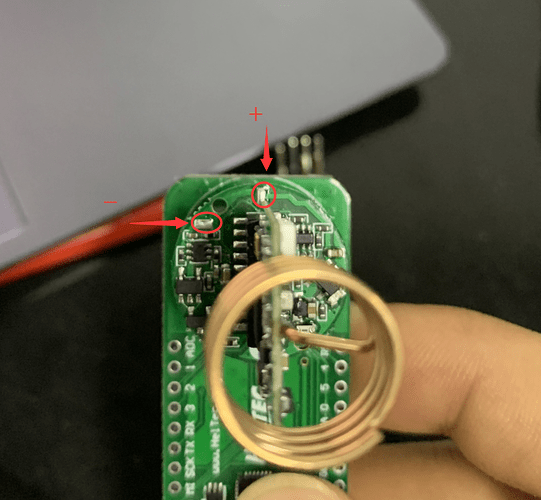Hi Gipsyblue
It great that your looking for good IoT solutions.
For your information the Capsule antenna as shown is a helical coil and will have a gain of - 2dB to -3dB ( Loss). It will also be effected by what is around it, or what it is placed on and will often have less gain and the antenna radiation pattern can be very varied, with nulls and black spots.
Where there is not such a size restriction, such as in Agriculture you can use a better antenna, probably giving twice the range. After work 30+ years in Radio systems and on many Cellular major networks, the one critical aspect is a good antenna for both the gateway and the nodes.
With a strong signal you can have a smaller spreading factor on some system of 5 or 6 and the time of transmission is reducing significantly E.g. for the same payload of 29 bytes and SF7 67ms compare to SF12 at 1646ms. This give a reduction of life on the same battery from 624 day to 48 days.
One of the key things in Agriculture as in other Industrial applications it is less about the sensors and more about how it work in the field with high or low temperatures, what is nearby, and that its located in a robust box, with a robust antenna. A lot of the cost of the leading brands for Agri sensors in in these design aspects as the environment in a Greenhouse, Cattle shed or in a Field situation can be harsh.
Personally, I would use a CubeCell product which is a good product, but the board version and place it in a robust box, with a sealed area for the sensors or sensor connections. In addition use a good ground isolated antenna such as a sleeve dipole external antenna, that has a well-defined gain and is not effected very much by how it is placed.
The Capsule type is good for some application, such as monitoring “Shock levels” in goods and parcels, where it is small and self-contained but is not located in a very harsh environment.
I hope the above helps, 30 years +, of working in practical deployed radio systems, shows you that Its not that simple and a lot can and does go wrong often not related to the basic design.
Simon



